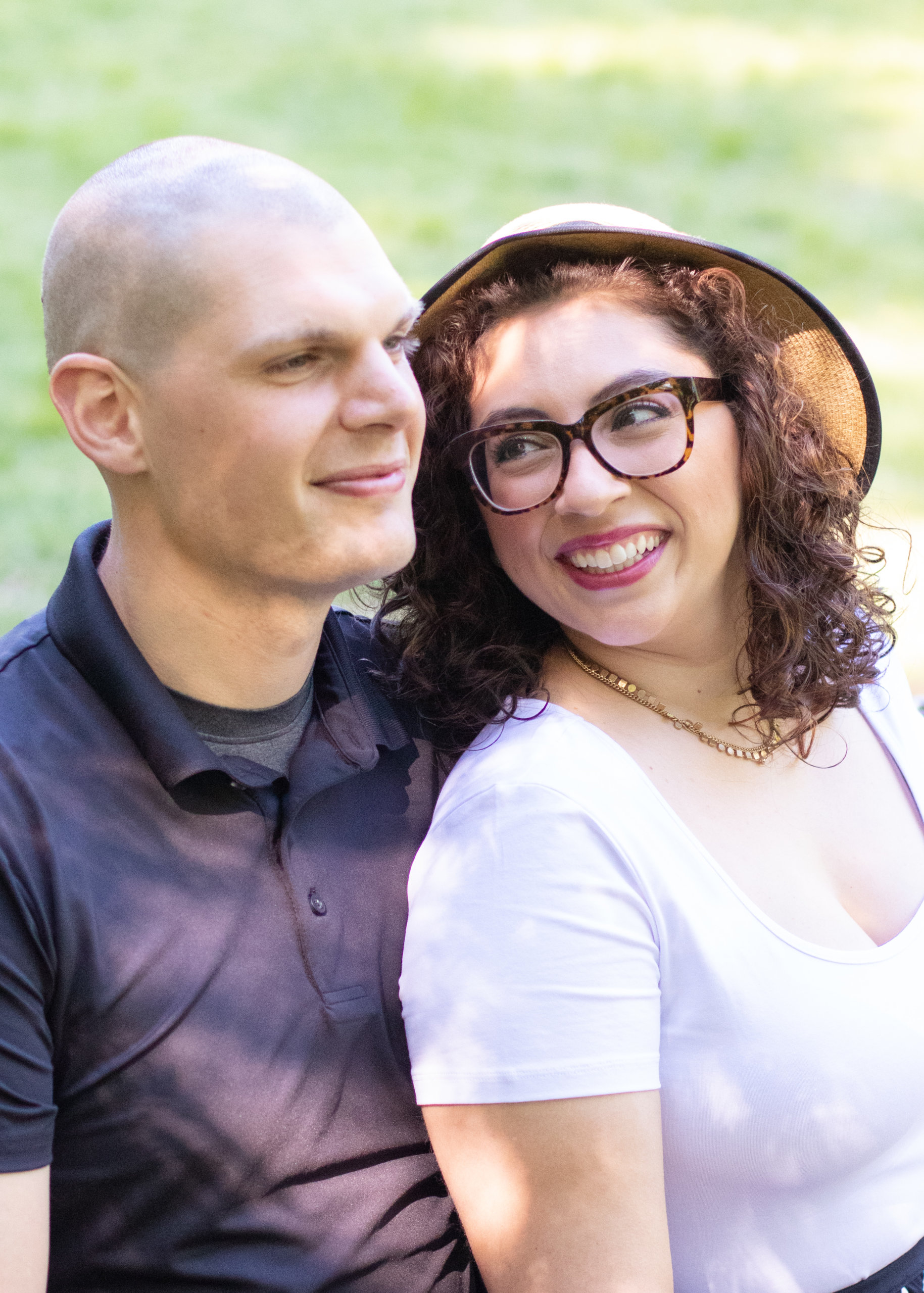
The Blog
How to Identify Light on Your Subject vs. Background Light for Photography
February 16, 2022
Table of Contents
Share on Social Media!
Interested in my entire blog series on light? Check them all out here.
Now that we’ve talked through the different types of light, we can start complicating it. (Yay!) Sometimes light is consistent throughout the entire frame or your photo. If you have open shade on both your subject and in the background, then you’re all set! Lucky you! But, sometimes, the light on your subject is different than the light behind them. (Sometimes the light is even different on different parts of them!) Let’s walk through some common scenarios.
As with all of the other blog posts on light, none of this is to say that any of this is ‘wrong’. There are plenty of circumstances and reasons that you may employ one or more of these tactics. But there is a huge difference between being stuck with circumstance and making an active choice. I always want you actively making a choice or, at least, purposefully experimenting.
Light on Your Subject vs. Background Light for Photography – Spotty light
Spotty light occurs when you have some open shade and some bright sunlight breaking through. See the photo of Z and Michael on the left. They were out in a park in the afternoon and the sun was breaking through the leaves on the tree in front of them. I liked the look of the spotty light because I felt like it felt natural to the vibe and feeling of the shoot – a couple having fun in a park in the summer. I also brought down the highlights on Z’s shirt so the whites weren’t overwhelming the rest of the photo.
In the photo on the right, Z (again!) is in consistent lighting – open shade. However, you can see behind her that there are spots of sunlight scattered across the grass. Generally speaking, if you have a choice between spotty light on the actual subject or spotty light in the background, I would choose spotty light in the background. It tends to be less distracting for the eye. However, that doesn’t mean that you won’t make a choice like I did with the photo on the left, where I felt like it added to the overall aesthetic.


Light on Your Subject vs. Background Light for Photography – Harsh Background Light
Sometimes you’ll face a larger challenge than spotty light and your entire background will be harsh light. I have an entire blog post about shooting in harsh light, but this instance is specifically about your subject being in open shade with a harsh background. Just like the example above, my general advice is to prioritize getting your subject in open shade. You also want the bright light to be behind your subject. For example, if I had wanted to shoot Matt and Dean (below) looking at me smiling, I would’ve stood in the same spot and had them turn around to face me. Having them turn around keeps them in open shade (their shadows are creating it) and allows the harsh light to illuminate them. If you look around Dean’s head (on the right) you can see how he has a glow around him. The same applies around Matt’s shirt and jeans (on the left).

Light on Your Subject vs. Background Light for Photography – Golden Hour
Shooting during golden hour means that you will have softer light, which will mean you have less of these choices to worry about. Softer light is less likely to be spotty and will never create harsh conditions, either on your subject or in the background. Olivia isn’t standing open shade, but she still is getting the benefits of soft, consistent light on both her and in the background. You can see slightly brighter areas on the sidewalk and some of the buildings, but they are far less distracting than spots of harsh light.

Feeling overwhelmed? No worries, my friend! This is the next step once you’ve mastered identifying the different types of light. Getting better with light is a larger project that needs to be taken one step at a time and will come with practice.
